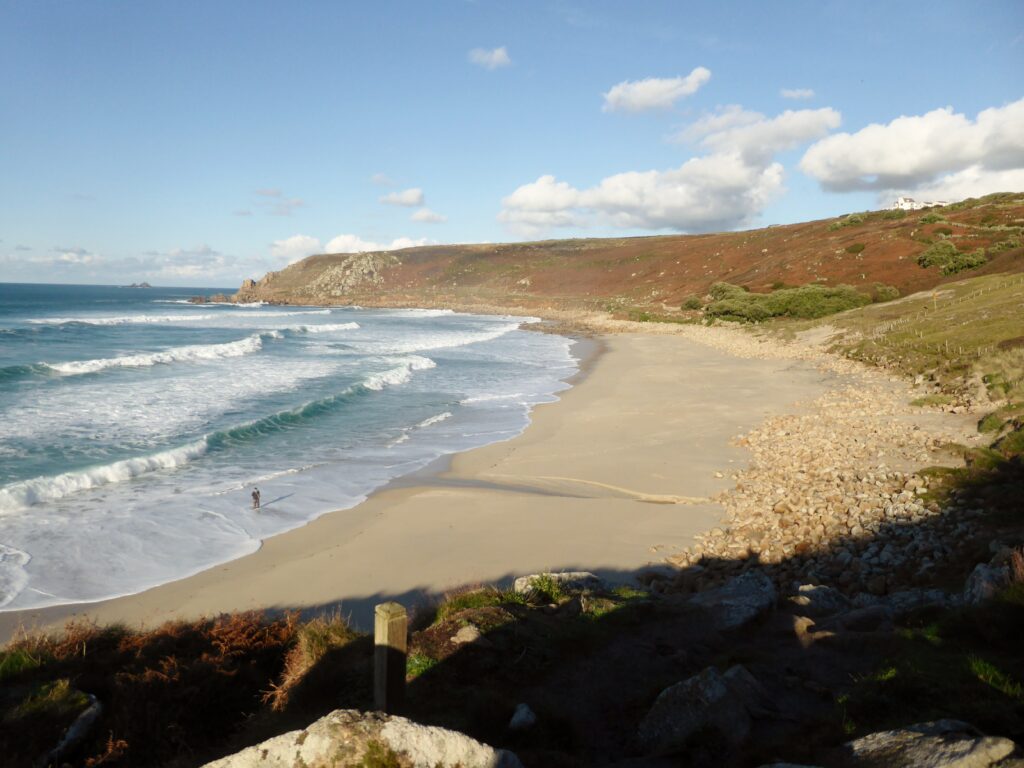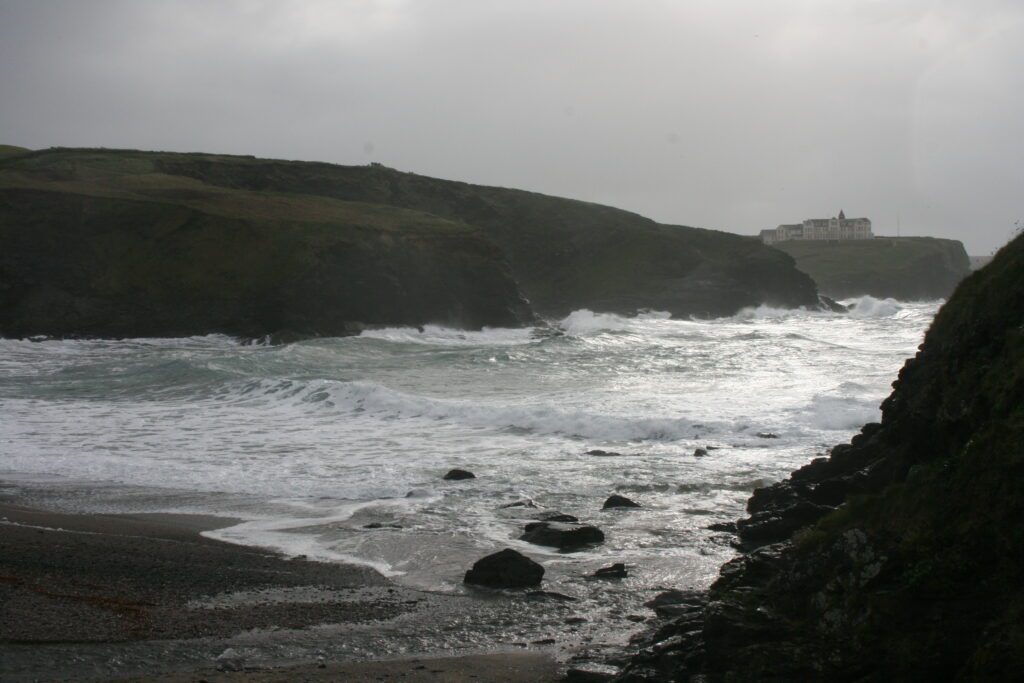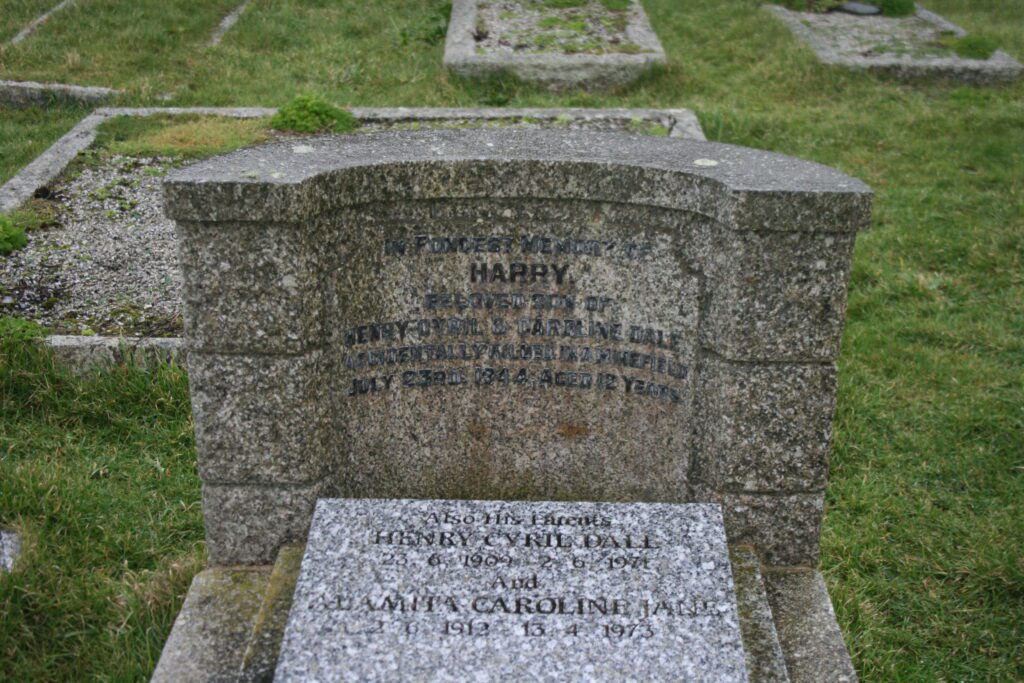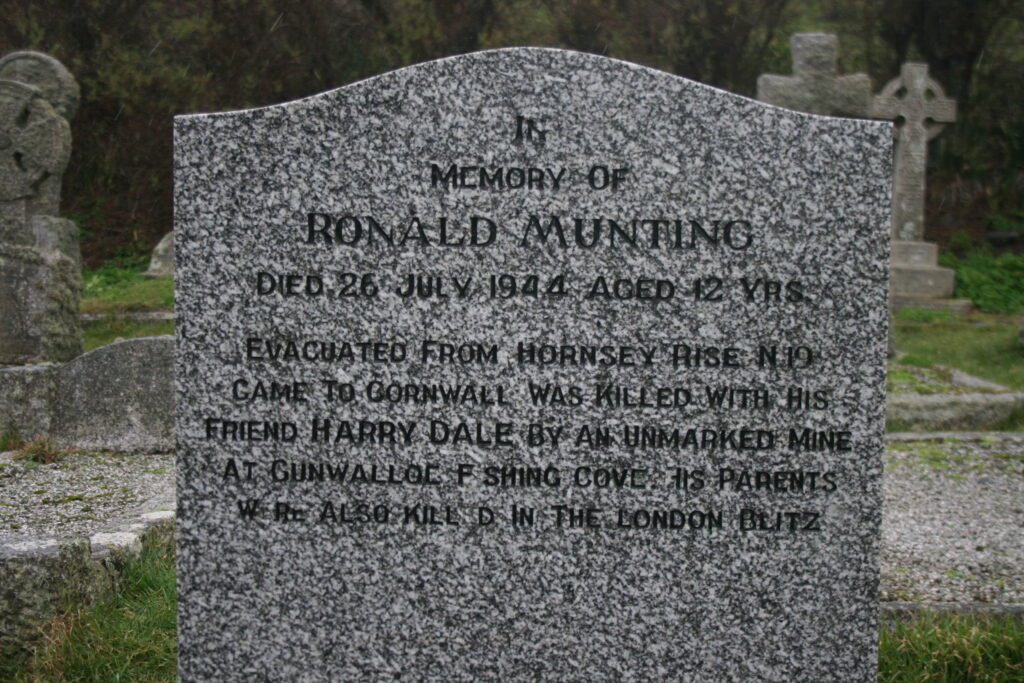I have always been fascinated by the experiences of evacuees, those children of the Second World War who were sent from their city homes to more rural locations away from the threat of the Blitz. Photographs of the time show them clustered on railway stations, clutching gas masks, small suitcases, teddy-bears. Some beam cheerfully at the camera, for there must have been a sense of adventure as they headed towards a new world and a new life. Others force a brave smile trying to cover their anxiety and apprehension. A few are blank faced, already uprooted and bewildered. Older siblings keep a determined hold on smaller brothers and sisters, the latter too young even to read the identifying labels around their necks. And several cannot hold back the tears.
National and local archives document the evacuations, and they are brought to life in the many personal reminiscences which have been recorded.* Their stories tell of children who led two lives: for the luckiest ones a sunny, bucolic interlude followed by a happy return home, and the bonus of two loving families forever after; for others a traumatic and heartbreaking time away from the warmth and security of parents and familiar environment; and for a third and perhaps the saddest group an interval of intense happiness and expanding horizons before returning to cold, indifferent parents.
Strikingly apparent from many of the accounts are the very deep class divisions which severed Britain in the 1940s. In an early teaching post, I learned more of this from two older colleagues who had been evacuees. Ron, from a working-class background in south London, found himself with a prosperous family in Kent who treated him kindly, but lost in an alien world he was desperately homesick and twice ran away, determined to walk home. After the second attempt his mother decided he was better off risking the bombs with his parents than facing further distress and misery alone. This proved a wise decision, not least because Kent was soon redefined from a Reception to an Evacuation Zone due to the threat of invasion.
Mike by contrast left his very middle-class London home for a working-class village in Scotland where he felt isolated in a hostile environment, looked upon with suspicion and resentment. His one consolation was the semi-friendly rivalry he developed with the only other high achiever in the village school. Some years later, when he was about to begin his studies at Cambridge, he heard that his former school mate was about to enter a Borstal. “There but fortune,” he reflected wryly.
One of the most pitiful stories of evacuees comes from Gunwalloe on the Lizard Peninsula, one of the oldest settlements in Cornwall. The Lizard coast is magnificent: when the sun shines the sea caresses auriferous shores, and in winter the austere beauty of the granite cliffs competes with the grey lowering skies, and the waves pound contemptuously on the rocks.


Gunwalloe must have seemed a paradise to imaginative, adventurous evacuees, a story book location with deserted beaches, cliffs to climb, rock pools, a history of smuggling and shipwrecks, and swimming in summer.
But those beaches deemed suitable for amphibious landings by enemy tanks and troops had been mined.
Ronald Munting, an evacuee from London, and his friend Harry Dale, a local lad, both aged twelve, were killed by an unmarked landmine on one of those beaches.
The medieval church of Saint Winwaloe crouches at Church Cove surrounded by its graveyard, and there two pitiful graves bear stark testimony:


In Fondest Memory of
Harry
Beloved son of
Henry Cyril and Caroline Dale
Accidentally killed in a minefield
July 23, 1944, aged 12 years.

In
Memory of
Ronald Munting
Died 26 July 1944 aged 12 years.
Evacuated from Hornsey Rise N.19
Came to Cornwall. Was killed with his
Friend Harry Dale by an unmarked landmine
At Gunwalloe Fishing Cove. His parents
Were also killed in the London Blitz.
Faced with the brutal irony of a child sent, surely after much heart-searching by sad and anxious parents, from home to a “safe place,” only to meet with a tragic death, it is almost a relief to realise that his parents predeceased him and that had he remained in London he too would probably have been a victim of the Blitz. For even today for all the surrounding beauty a deep melancholy hangs over the churchyard at Gunwalloe.
***********************************************************************
*For photographs and archive film of evacuees see:
https://www.iwm.org.uk/history/the-evacuated-children0of-the-second-world-war
timewitnesses.org/evacuees/list.html
And for personal reminiscences:
Gillian Mawson Britain’s Wartime Evacuees (November 2016)
The evacuation has also spawned a wealth of literature, not least the children’s books, chief among them Carrie’s War by Nina Bawden, herself an evacuee, and Michelle Magorian’s Good Night, Mister Tom.
